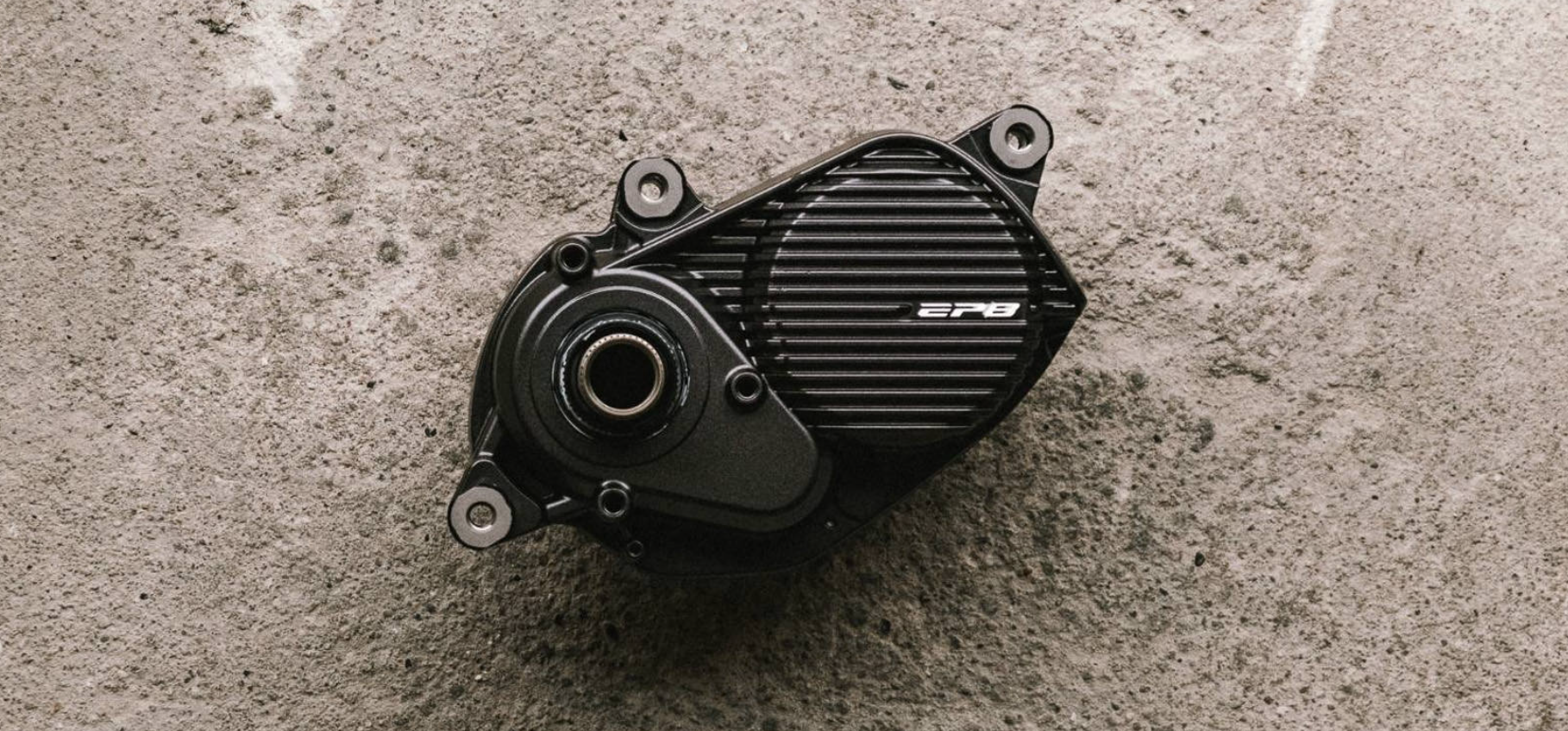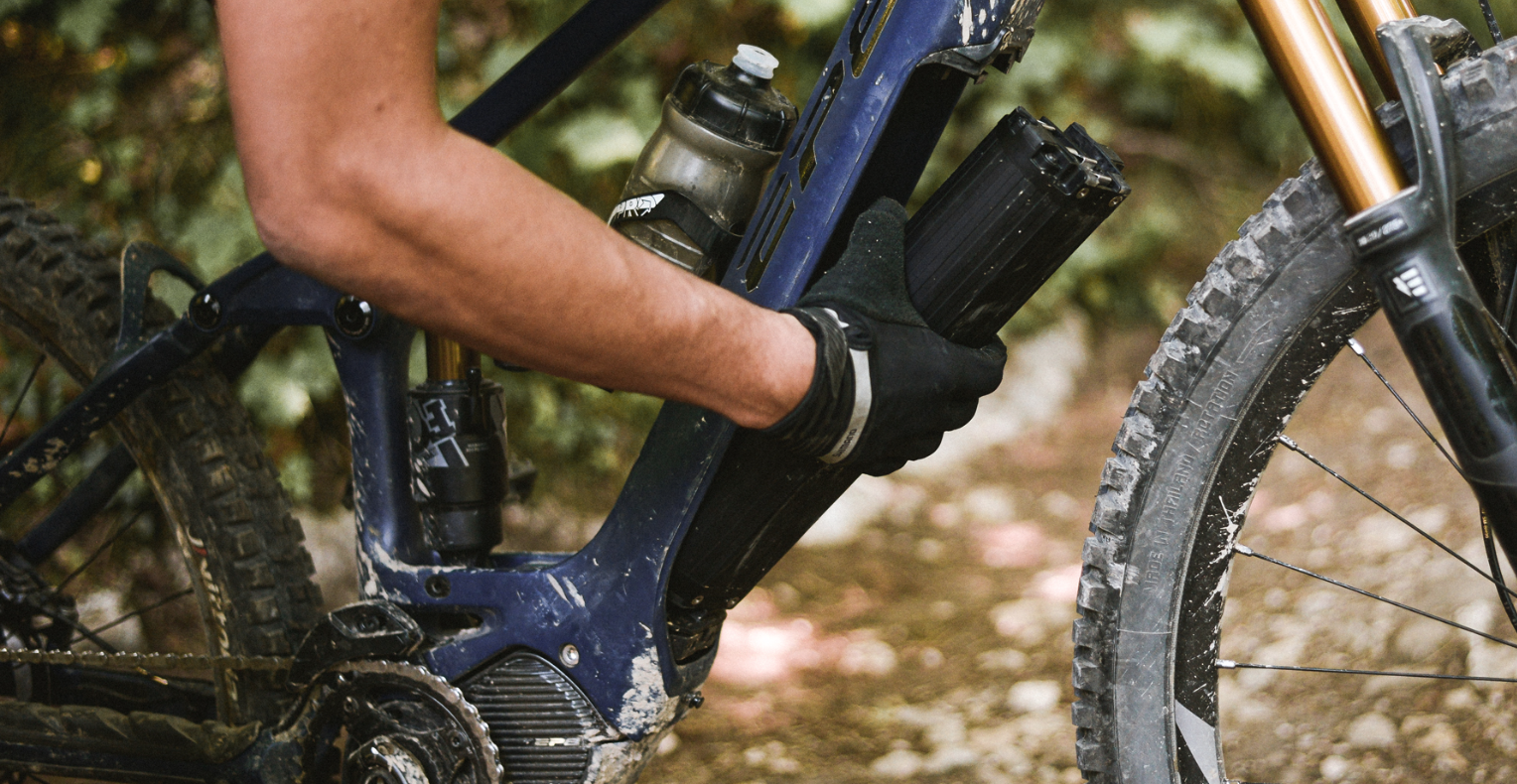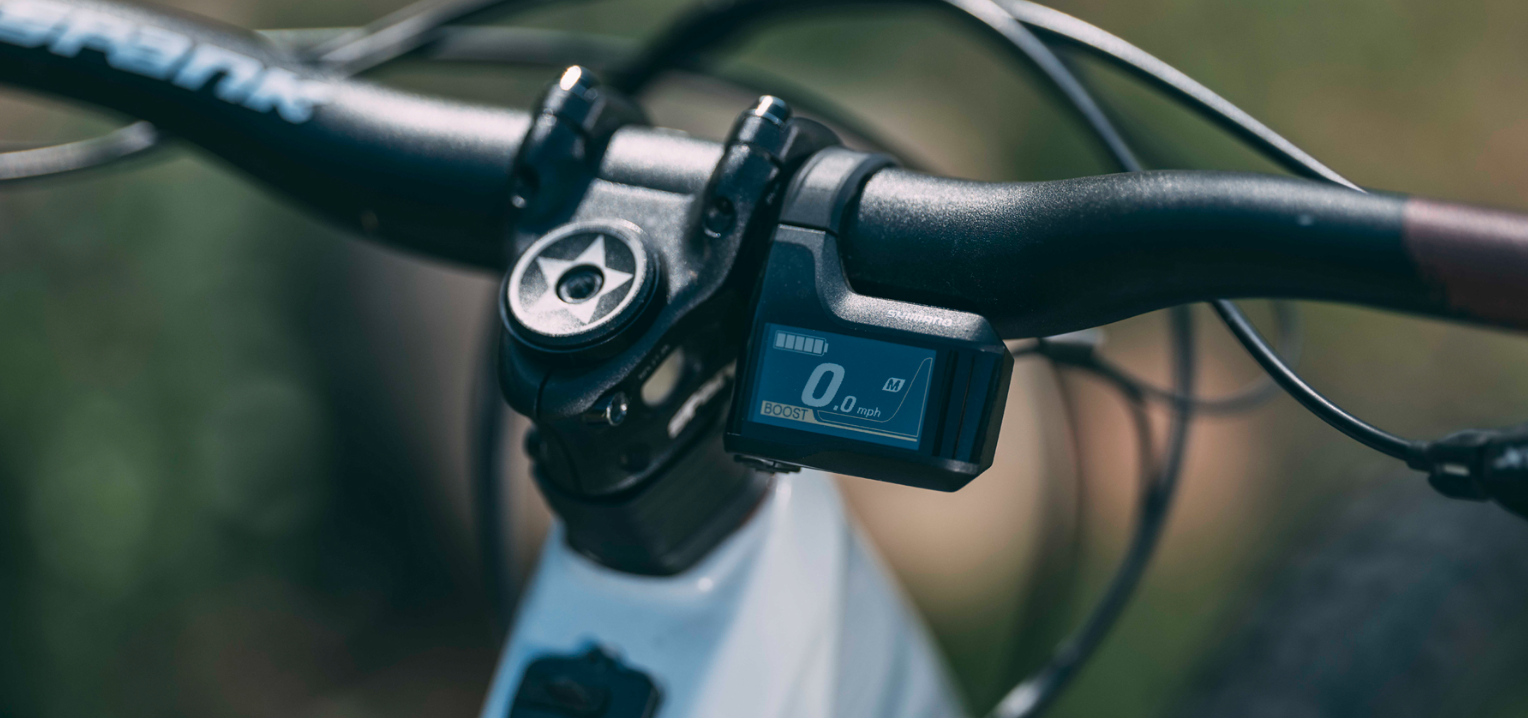Power vs Battery
Electric mountain bikes (eMTBs) are often marketed on headline numbers: “XXX Nm torque”, “Peak power: YYY W”, “Unleash your climb”. And yes—those are attention-grabbers. But how often do they really matter in your everyday rides? More importantly: at what cost (weight, battery drain, price, etc.)? What riders actually want (and need) — battery capacity, power delivery and efficiency beat raw torque more often than not.
What Actual Riders Say
From E-MOUNTAINBIKE’s 2024 eMTB Reader Survey and 2025 Trend Poll (https://ebike-mtb.com/en/2024-emtb-reader-survey-and-trends-2025/), when asked what they want most from a motor, riders ranked “natural ride feel, efficiency, and low noise higher than “maximum torque” or “maximum power”. In usage, the most used support modes are the mid-to-moderate support settings - Trail/eMTB or Tour. Only ~5–7 % of riders make “Boost” or full-power their go-to mode. Regarding battery capacity about 60 % are riding bikes with 600-800 Wh capacity. And about 40% are using close to 75-100% of the batterys capacity on a averaga ride.
Why Max Power / Max Torque Is Over-Emphasized
Diminishing returns
After a certain point, more torque or power gives you less marginal benefit. If your bike already has enough torque to climb the steeper trails you ride, more torque won’t make climbs much easier—but it will cost in terms of weight, cost, battery drain, and possibly ride feel (harsh power hits, wheel spin, etc.).Real-world usage is moderate
As data shows, riders mostly use mid-range support modes. They rarely run full-power all the time. That means the motor’s behaviour in those moderate modes (how smooth it is, how well it delivers torque vs. how it wastes energy) matters much more than its peak specs.Weight & design trade-offs
To handle higher torques (and power), bikes often need stronger (thus heavier) components, reinforced frames, heavier motors or cooling, stronger drivetrains. That extra mass works against climbing and draining the battery more quickly.Battery drains fast in high power modes
High torque/power implies high current draw, which in turn drains battery much faster (especially in steep climbs, technical terrain). The same battery will give you much less range if you ride aggressively in full power vs. more moderate, efficient modes.
Why Bigger / Better Battery Matters More
Range & flexibility
A larger battery (or more usable battery capacity) gives you more flexibility—longer rides, more vertical gain before needing to recharge. Most riders want to finish the ride, not worry about running out of battery.Efficiency is king
If your motor delivers smooth torque, good power curves, efficient electronics, and you ride in support modes intelligently, you get more usable range for the same battery size. Better torque management, smoother power delivery, lower losses from friction, heat, etc., allow you to “stretch” your battery farther than simply having more peak torque which might go unused.Real-world constraints
Weight of battery, charging time, battery durability, pack configuration (integrated vs removable) matter. A big battery that’s badly integrated or weighed down by a heavy motor ends up hurting more. Conversely, a reasonably sized battery with good real-world range and smart assistance modes yields better everyday satisfaction.Desire for features like range extenders / fast-charge
Usually riders prefer options like range extenders (for when battery gets low) and fast charging rather than simply more Nm. It’s about staying on the trail longer or reducing “ankle-biting” battery anxiety.
Why Most Riders Don’t Need More Torque but Better Control of Existing Torque
Most trails and terrains people ride on don’t require “monster torque”. Moderately steep grades, mixed terrain, singletrack—none of these typically demand the maximum torque numbers shown on spec sheets (unless you’re racing, doing shuttle laps, or hauling heavy loads).
What does matter is how the torque is delivered: is it smooth, controllable, predictable? Does the motor’s control system allow gradual build-up, or is it jerky when you open the throttle or switch support modes? Ease of modulation makes a big difference for traction, confidence, and efficiency.
Rider weight, tire grip, suspension setup, and overall bike weight often make as much or more difference than raw torque. If you have a 25-kg eMTB and a huge battery but poor setup or heavy wheels/tires, you might actually suffer more inefficiencies than someone on a lighter bike with moderate torque but a well-matched battery.
Psychological effect: knowing you have reliable performance (range, consistent assistance, low battery drain) builds confidence. Chasing Nm might give bragging rights, but if your battery dies halfway up a climb or you have to avoid steep terrain because of battery limitations, that’s far worse than having “just enough” torque.
What Most Riders Prefer: Range Over More Nm
Riders overwhelmingly value being able to ride longer and further without worrying about charging or running out of battery.
Many would rather accept “only” 80-90 Nm (or whatever is adequate for their terrain) in exchange for more usable watt-hours, lighter weight, better support modes, and more predictable performance.
Range extenders, fast charging, incremental improvements in motor efficiency get more votes (real, actionable utility) than incremental gains in max torque.
Conclusion
Power (torque / peak wattage) sells well. It looks great on a spec sheet. It gets headlines. But for the average rider, more important is how you use what power you already have, how efficiently it is delivered, and whether your battery supports your riding habits.
If you're choosing between two bikes and one has slightly more max Nm but much worse battery or heavier weight, chances are the latter will underperform for your needs.
If you can get a motor that delivers good mid-range torque, smooth delivery, moderate weight, and pair it with a well-sized battery (say ~600-800 Wh), you'll get more satisfaction and fewer trade-offs.
At the end of the day, most riders would rather have more range, better control, quieter operation, and more reliability than raw torque. Because if your battery dies high up, or you have to constantly charge, or the ride feels jerky—you won’t care what the power spec said on day one. And don’t forget the 25km/h compulsory speed limit:)


